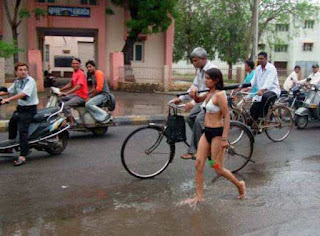Reflections on ‘The World At War’
Reflections on ‘The World At War’
I was recently intrigued to find a repeat of the 1973 documentary The
World at War buried in the depths of Freeview television. Across 26 hour-long episodes, this series chronicled the course of the Second World War and charted the key experiences of the conflict.
Figure 1. Opening titles to The World at War (1973).
The reputation of The World at War preceded the programme: in 2000, the British Film Institute placed it amongst the 100 Greatest British Television Programmes. However, it was with some apprehension that I embarked upon viewing the series. It is not uncommon for televisual output to have aged in an unfortunate manner. But within the space of a few episodes, my fears had been allayed. The documentary’s potent combination of nuance, factuality, and sensitivity left me with few doubts that the series was deserving of its vaunted position in the pantheon of British television. Even in the twenty first century, The World at War possesses significant gravity as both an educational tool and a work of entertainment.
BACKGROUND AND FORMAT
The World at War was commissioned by Thames Television in 1969 and screened four years later, in an era of growing public appetite for weighty documentary output. In 1964, the BBC produced the 26-episode The Great War, whilst Kenneth Clark’s acclaimed Civilisation debuted in 1969. Despite the Herculean scope of its remit, The World at War benefited from close collaboration with the Imperial War Museum and a budget of nearly £12 million in modern currency, which made it the most expensive British series ever produced at this time.
Narrated by the revered thespian Sir Laurence Olivier, The World at War followed a distinctive template. Archive footage and illustrative graphics were interspersed with first-hand accounts of the Second World War from nearly 400 interviewees. To a modern viewer such as myself, the impact of The World at War on contemporary documentary-making – inadvertent or not – was striking. The style of American filmmaker Ken Burns, in particular, displays clear parallels with that characteristic of The World at War. One cannot help but feel that The World at War is underpinned by a desire for true authenticity.






Comments
Post a Comment